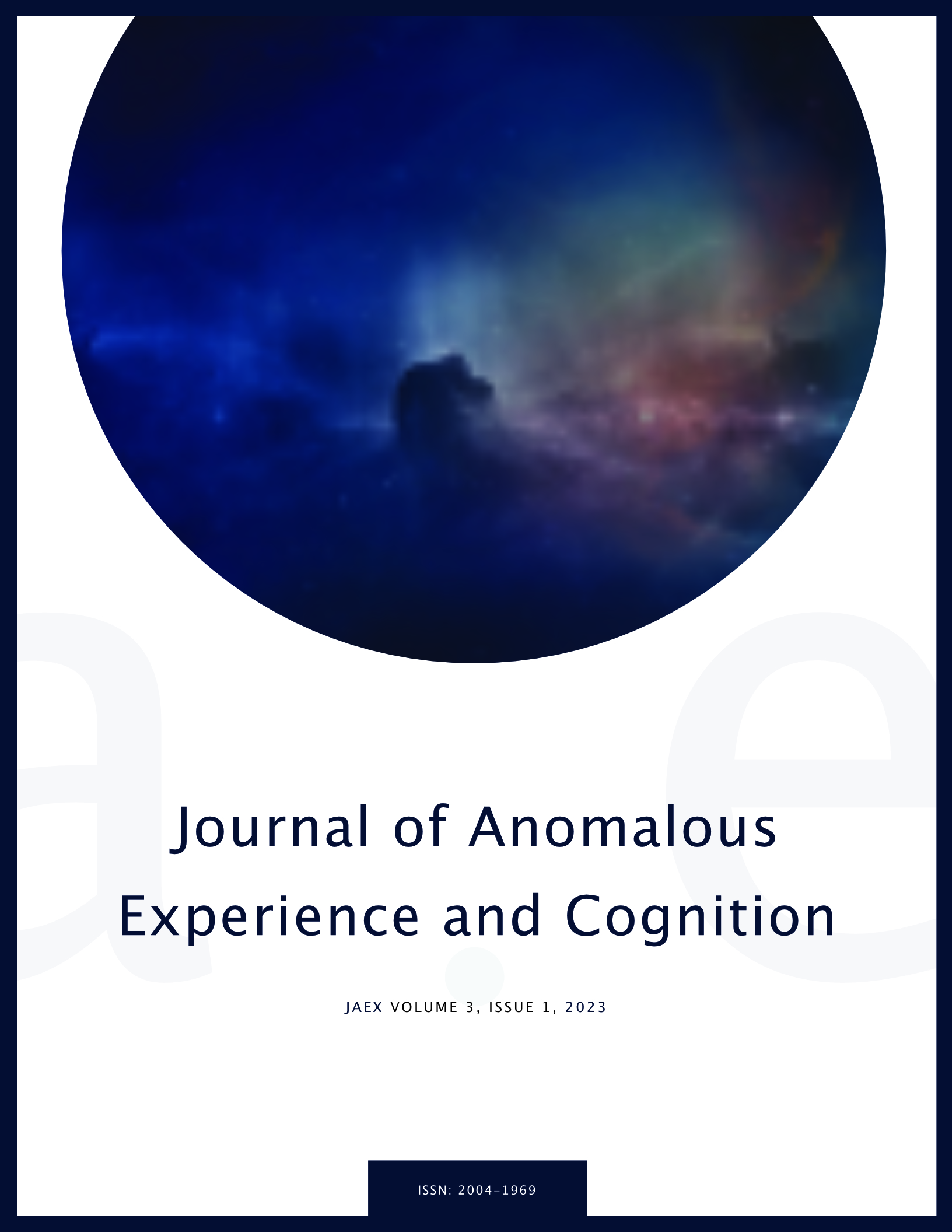A Metaphysical Theory Connecting Mind, Matter, and Meaning
A review of Dual-Aspect Monism and the Deep Structure of Meaning
DOI:
https://doi.org/10.31156/jaex.24902Keywords:
monism, mind-matter, quantum mechanics, meaning, JungAbstract
Dual-aspect monism proposes that reality consists of a single, undifferentiated, holistic “substance” (monism) that splits into mind and matter (dual aspects). In this view, mind and matter are linked, or intimately correlated, by meaning. These tight correlations do not imply that mind causally affects matter, or vice versa, but rather they point to an acausal relation. Atmanspacher and Rickles propose that this metaphysical theory, based on deep philosophical roots and refined based on ideas from quantum mechanics, provides a satisfying model of reality that does justice to both the mental and physical domains. They describe a line of qualitative research that appears to support their theory, but they inexplicably dismiss a much larger body of quantitative studies that provide far greater support.
References
Cardeña, E. (2018). The experimental evidence for parapsychological phenomena: A review. American Psychologist, 73(5), 663–677. https://doi.org/10.1037/amp0000236
Crick, F. (1995). The astonishing hypothesis: The scientific search for the soul.Scribner.
Fodor, J. (1992, July 3). The big idea: Can there be a science of mind? The Times Literary Supplement, 5–7.
Huxley, A. (1945). The perennial philosophy. Harper Colophon Books.
Mermin, D. N. (1985). Is the moon there when nobody looks? Reality and the quantum theory. Physics Today, 38-47.
Ramm, B. J. (2021). Panpsychism and the first-person perspective: The case for panpsychist idealism. Mind and Matter, 19(1), 75–106.
Schmidt, H. (1987). The strange properties of psychokinesis. Journal of Scientific Exploration, 1(2), 103–118.
Downloads
Published
How to Cite
Issue
Section
License
Copyright (c) 2023 Dean Radin

This work is licensed under a Creative Commons Attribution 4.0 International License.
All articles published in JAEX are open access, freely and universally accessible online, and archived in the open journal’s Lund University website (https://journals.lub.lu.se). Articles in JAEX can be distributed under the terms of the Creative Commons Attribution 4.0 International License CCBY (http://creativecommons.org/licenses/by/4.0/), which permits unrestricted use, distribution, and reproduction in any medium, with appropriate credit to the original author(s) and the source, a link to the Creative Commons license, and an indication if changes were made.



